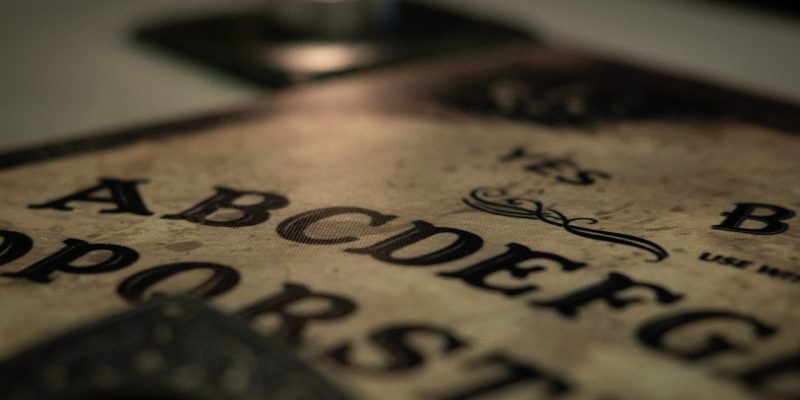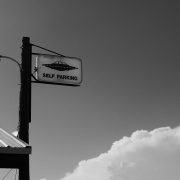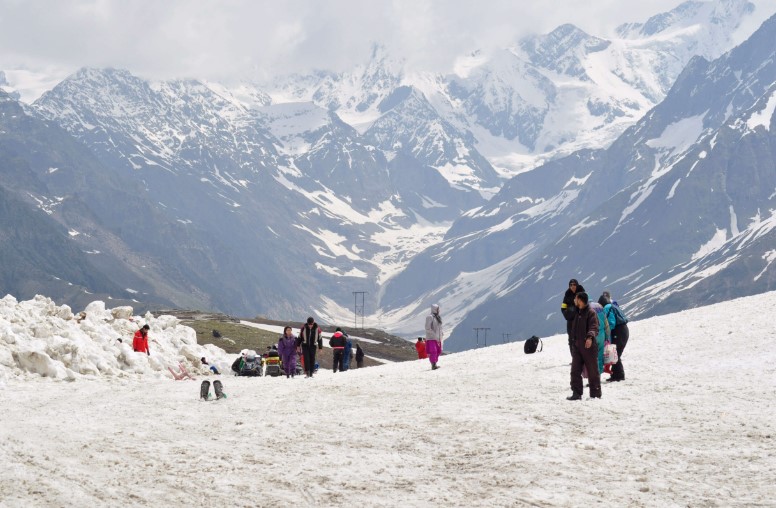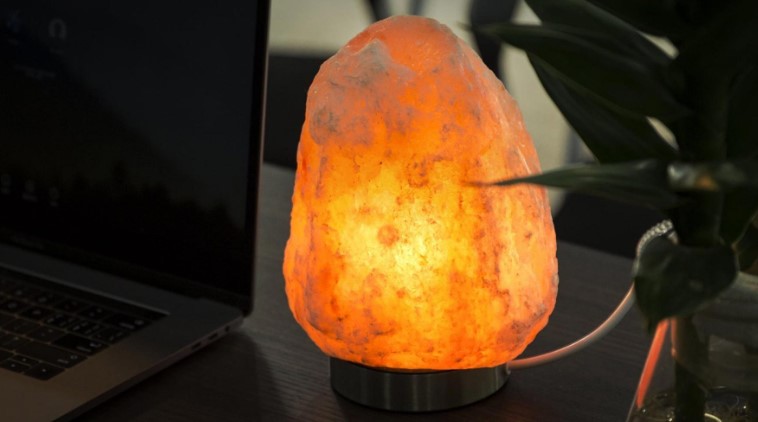Are you curious about the strange and mysterious ways people have attempted to reach out to the dead? Look no further, as we delve into the fascinating world of unconventional methods individuals have used to communicate with the deceased. From seances to Ouija boards and even spirit photography, these bizarre practices have captivated the human imagination for centuries.
Spiritualism and seances became particularly popular in the 19th century, as people sought to connect with loved ones who had passed away. During a seance, individuals would gather in a dimly lit room, holding hands and attempting to communicate with spirits. Mediums would often claim to be able to channel these spirits, relaying messages from the other side. The eerie atmosphere and the hope of receiving a message from a departed loved one made seances a popular practice.
Ouija boards, on the other hand, have long been a source of controversy and fascination. These boards, featuring letters, numbers, and other symbols, are used to spell out messages from spirits. Participants place their hands on a small pointer, or planchette, which moves seemingly on its own to select letters and form words. While some believe that Ouija boards can connect them with the dead, others remain skeptical, attributing the movement of the planchette to the subconscious mind.
Spirit photography is yet another intriguing method people have employed to capture evidence of the supernatural. This practice involves taking photographs with the hope of capturing images of spirits or other paranormal entities. While some claim to have successfully captured ghostly apparitions on film, skeptics argue that these photos can be easily manipulated or are simply the result of double exposure.
Spiritualism and Seances
Spiritualism and seances have a long history dating back to the 19th century. During this time, there was a surge in interest and belief in the ability to communicate with spirits. Spiritualism emerged as a popular movement, attracting people from various social backgrounds who sought to connect with the deceased.
Seances became a common practice among spiritualists, serving as a means to establish communication with spirits. These gatherings typically involved a medium, who claimed to have the ability to communicate with the other side. Participants would sit in a circle, holding hands, and the medium would enter a trance-like state to facilitate contact with spirits.
The use of seances as a method of communication with the dead gained significant attention and sparked both intrigue and skepticism. Some claimed to have witnessed remarkable phenomena during seances, such as levitation, materialization of spirits, and direct communication with the deceased. Others, however, dismissed these experiences as mere illusions or tricks.
Despite the controversy surrounding seances, they played a crucial role in shaping the spiritualist movement and the exploration of alternative methods of communication with the dead. The rise of spiritualism and the practice of seances laid the foundation for further exploration into the supernatural and the belief in the existence of an afterlife.
Ouija Boards
Ouija boards have a long and intriguing history when it comes to attempting to contact the dead. These boards, also known as spirit boards or talking boards, gained popularity in the late 19th century and continue to be used today. However, their use is not without controversy and eerie stories.
The Ouija board is typically a flat board marked with letters, numbers, and other symbols. Participants place their fingers on a planchette, a small heart-shaped or triangular device, and ask questions to spirits. The planchette then moves across the board, spelling out answers.
Many people have reported chilling experiences while using Ouija boards. Some have claimed to witness the planchette moving on its own, while others have shared stories of receiving messages from unknown entities. These eerie experiences have fueled the belief that Ouija boards can provide a direct line of communication with the spirit world.
However, skeptics argue that the movements of the planchette are simply the result of the ideomotor effect, where subconscious movements are responsible for the board’s responses. They believe that the messages received through Ouija boards are nothing more than the product of the participants’ own thoughts and beliefs.
Despite the controversy, Ouija boards continue to be a popular tool for those seeking to connect with the deceased. Whether one believes in their supernatural abilities or not, there is no denying the fascination and intrigue that surrounds these mystical boards.
Spirit Photography
Spirit photography is a fascinating practice that involves capturing images of spirits on film. It has been a subject of controversy and debate due to the authenticity of such photographs. Many people believe that these photographs provide evidence of the existence of spirits and their ability to communicate with the living.
However, skeptics argue that spirit photographs can be easily manipulated or faked, casting doubt on their credibility. The controversy surrounding spirit photography dates back to the early days of the practice, when photographers like William Mumler gained fame for their supposed ability to capture images of departed loved ones.
One famous case that sparked intense debate is the Cottingley Fairies. In the early 20th century, two young girls claimed to have photographed real fairies in their garden. The photographs gained widespread attention and divided opinions on whether they were genuine or elaborate hoaxes.
Despite the skepticism, spirit photography continues to intrigue and captivate both believers and skeptics alike. Whether these photographs truly capture the presence of spirits or are products of human imagination and manipulation, they remain an intriguing aspect of the paranormal world.
The Cottingley Fairies
The Cottingley Fairies is an infamous case that captured the imagination of the world. It all began in 1917 when two young girls, Elsie Wright and Frances Griffiths, claimed to have photographed real fairies in the village of Cottingley, England. The photographs, which showed the girls interacting with the ethereal beings, caused a sensation and sparked a heated debate on the existence of supernatural beings.
Many people were captivated by the Cottingley Fairies photographs, believing them to be undeniable proof of the existence of fairies. The images appeared to be genuine and were even endorsed by famous writer Sir Arthur Conan Doyle, the creator of Sherlock Holmes. However, skeptics were quick to dismiss the photographs as elaborate hoaxes or tricks of light and shadow.
The controversy surrounding the Cottingley Fairies continued for years, with supporters and skeptics fiercely defending their positions. It wasn’t until 1983 that Elsie and Frances, now elderly women, finally admitted that the photographs were indeed faked. They revealed that they had used cardboard cutouts of fairies and staged the scenes in their garden.
The Cottingley Fairies case serves as a cautionary tale about the power of imagination and the human desire to believe in the extraordinary. It reminds us to approach extraordinary claims with skepticism and critical thinking, while also acknowledging the enduring allure of the supernatural.
Orbs and Apparitions
Orbs and apparitions have long been a subject of fascination and debate in the realm of paranormal photography. These mysterious phenomena are often captured in photographs and are believed by some to be evidence of spirits attempting to communicate with the living.
Orbs, which appear as glowing balls of light, are one of the most commonly captured anomalies in paranormal photography. Some believe that these orbs represent the energy or presence of spirits. They can vary in size, color, and intensity, and are often seen in locations associated with paranormal activity, such as haunted houses or cemeteries.
Apparitions, on the other hand, are more substantial and can take the form of human figures or faces. These ethereal manifestations are often captured in photographs as transparent or mist-like images. Some believe that these apparitions are the visual representation of spirits attempting to make contact with the living.
The phenomenon of capturing orbs and apparitions has sparked both intrigue and skepticism. Skeptics argue that these anomalies can be easily explained by natural phenomena, such as dust particles or lens flares. However, believers argue that the consistency and frequency of these occurrences suggest a supernatural origin.
While the debate continues, the capturing of orbs and apparitions remains a fascinating aspect of paranormal photography. Whether these phenomena are truly evidence of spirits trying to communicate or simply tricks of light and shadow, they continue to captivate the imagination and fuel the curiosity of those interested in the supernatural.
Necromancy and Divination
Necromancy and divination are ancient practices that have been used throughout history to attempt communication with the dead. These methods involve various techniques and tools, such as mirrors, crystals, and scrying, to establish a connection with the spiritual realm.
In necromancy, practitioners seek to communicate with the deceased by summoning their spirits or souls. This can be done through rituals, spells, or invocations. The use of mirrors in necromantic practices is believed to serve as a portal or gateway to the other side, allowing the practitioner to see or communicate with spirits.
Crystals, on the other hand, are often used in divination practices to gain insight or guidance from the spirits. Different types of crystals are believed to possess specific energies or vibrations that can aid in contacting the dead. Practitioners may hold or place crystals near them during divination sessions to enhance their connection with the spirit world.
Scrying is another method commonly employed in necromancy and divination. It involves gazing into reflective surfaces, such as water, mirrors, or crystal balls, to receive visions or messages from the deceased. The practitioner focuses their attention on the surface and allows their mind to enter a receptive state, opening themselves up to spiritual communication.
It is important to note that necromancy and divination practices vary across cultures and belief systems. While some view these practices as a way to gain knowledge or guidance, others consider them taboo or even dangerous. The use of mirrors, crystals, and scrying in these practices is believed to facilitate a connection with the dead, providing a means for communication between the realms of the living and the deceased.
Automatic Writing
The technique of automatic writing is a fascinating practice in which individuals claim to receive messages from spirits through their hand movements. It involves allowing the subconscious mind to take control of the writing process, bypassing conscious thought. This method has been used for centuries as a means of communication with the spirit world and has played a significant role in the spiritualist movement.
During automatic writing, the person holds a pen or pencil and allows their hand to move freely across the paper, seemingly guided by an external force. The resulting writing often appears different from the individual’s normal handwriting and may contain messages, symbols, or even entire sentences. Some practitioners believe that the messages come directly from spirits, while others view it as a form of tapping into the collective unconscious or the higher self.
This technique gained popularity during the 19th and early 20th centuries when spiritualism was at its peak. Spiritualists believed in the existence of an afterlife and sought ways to communicate with the deceased. Automatic writing provided a means for them to receive direct messages from spirits, offering comfort, guidance, and even predictions of the future.
It is important to note that automatic writing has been met with skepticism and controversy. Critics argue that the messages are merely a product of the subconscious mind or the result of ideomotor movements. Ideomotor movements refer to unconscious muscular movements that can occur without the person’s awareness. Despite the skepticism, many individuals continue to practice automatic writing as a means of connecting with the spiritual realm.
Channeling and Mediumship
Channeling and mediumship are fascinating practices that involve individuals acting as a vessel for spirits to communicate through. In this intriguing phenomenon, mediums claim to have the ability to connect with the spirit world and relay messages from the deceased to the living.
Mediums often use various techniques to facilitate this communication, such as trance states, automatic writing, or speaking in a different voice. They believe that by entering an altered state of consciousness, they can open a channel to allow spirits to communicate through them.
However, the concept of channeling and mediumship is not without controversy. Skeptics argue that many mediums are fraudulent, using cold reading techniques or preying on vulnerable individuals who are seeking comfort or closure. These fraudulent mediums may employ tricks and psychological manipulation to convince their clients that they are indeed connecting with the spirit world.
It is essential to approach channeling and mediumship with a critical eye and discernment. While there are undoubtedly genuine mediums who have provided comfort and solace to countless individuals, it is crucial to be aware of the potential for deception and manipulation. By understanding the controversies surrounding fraudulent mediums, we can better navigate the realm of channeling and mediumship with caution and discernment.
Electronic Voice Phenomenon (EVP)
The Electronic Voice Phenomenon (EVP) is a fascinating method of attempting to communicate with the dead using electronic devices. It involves capturing voices and sounds that are believed to originate from the spirit world. Paranormal investigators and enthusiasts use various tools, such as digital voice recorders, radio scanners, and even smartphone apps, to record audio in hopes of capturing EVPs.
Those who believe in EVPs argue that these captured voices and sounds are messages from spirits trying to communicate with the living. They interpret the recorded audio, often using headphones and audio editing software, to enhance and analyze the voices and sounds for any potential messages or meanings.
However, the use of EVP as a method of communication with the dead is met with skepticism and debate. Critics argue that the captured voices and sounds are simply random noise or audio pareidolia, where the human brain assigns meaning to random sounds. Skeptics also point out that the interpretation of EVPs is subjective and can be influenced by the beliefs and expectations of the investigator.
Despite the skepticism, EVP continues to be a popular and intriguing method of attempting to contact the deceased. It adds to the diverse range of unconventional methods people have used throughout history to bridge the gap between the living and the dead.
Frequently Asked Questions
- 1. Can seances really communicate with the dead?
Seances have been a popular method for attempting to communicate with the deceased. While some believe that they can indeed establish a connection with spirits, others remain skeptical and attribute any experiences to psychological factors or trickery.
- 2. Are Ouija boards dangerous?
Ouija boards have a controversial reputation. Some people claim to have had eerie experiences and believe they have made contact with spirits using these boards. However, others warn against potential dangers, including the possibility of opening portals to negative energies or attracting unwanted entities.
- 3. Is spirit photography real?
The authenticity of spirit photography has long been debated. While some firmly believe that these photographs capture actual spirits or ghostly phenomena, skeptics argue that they can be easily manipulated or are the result of technical errors or double exposures.
- 4. What were the Cottingley Fairies?
The Cottingley Fairies were a series of photographs taken by two young girls in the early 20th century, claiming to have captured images of real fairies. The controversy surrounding these photographs sparked debates about the existence of supernatural beings and the authenticity of the images.
- 5. Can orbs and apparitions in photographs be proof of spirits?
Some individuals believe that capturing orbs and apparitions in photographs is evidence of spirits attempting to communicate. However, skeptics argue that these phenomena can often be explained by natural occurrences such as dust particles, lens flares, or reflections.
- 6. What is necromancy and divination?
Necromancy and divination are ancient practices used to communicate with the dead or gain insight into the future. They involve various methods such as scrying, crystal gazing, and mirror divination, which are believed to allow individuals to connect with the spiritual realm.
- 7. How does automatic writing work?
Automatic writing is a technique where individuals claim to receive messages from spirits through their hand movements. They allow their hand to move freely across paper or a keyboard, believing that the spirits guide their words. It has been historically significant in the spiritualist movement.
- 8. What is channeling and mediumship?
Channeling and mediumship involve individuals acting as vessels for spirits to communicate through. They claim to allow spirits to use their bodies or voices to convey messages. However, fraudulent mediums have raised skepticism and controversies surrounding the authenticity of their abilities.
- 9. Can electronic devices capture voices from the spirit world?
Electronic Voice Phenomenon (EVP) is the use of devices to capture voices and sounds believed to be from the spirit world. While some consider EVP recordings as evidence of communication with spirits, others remain skeptical, suggesting that the captured sounds are often open to interpretation or result from audio pareidolia.









